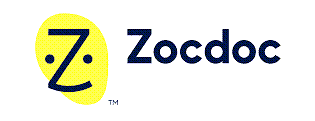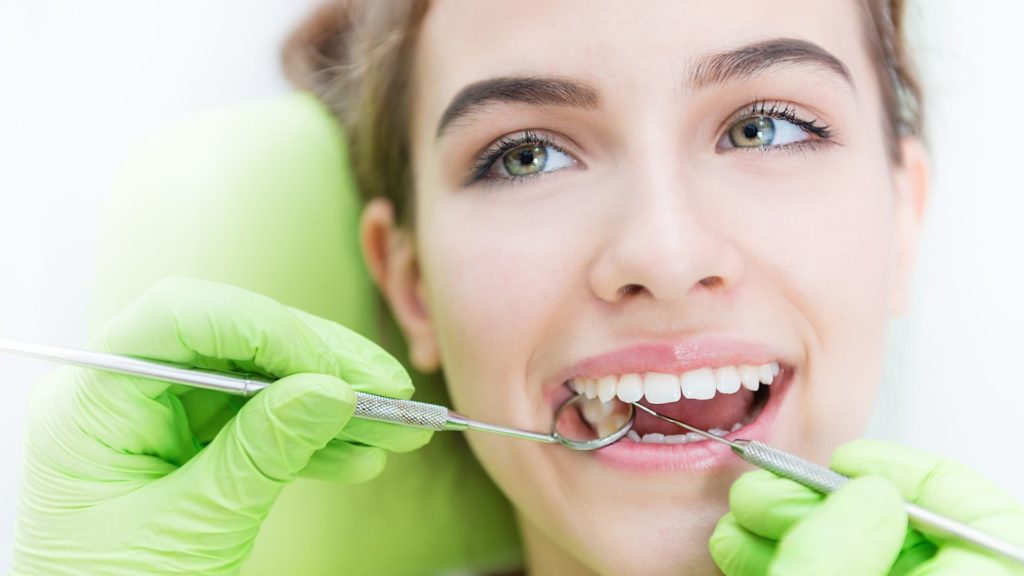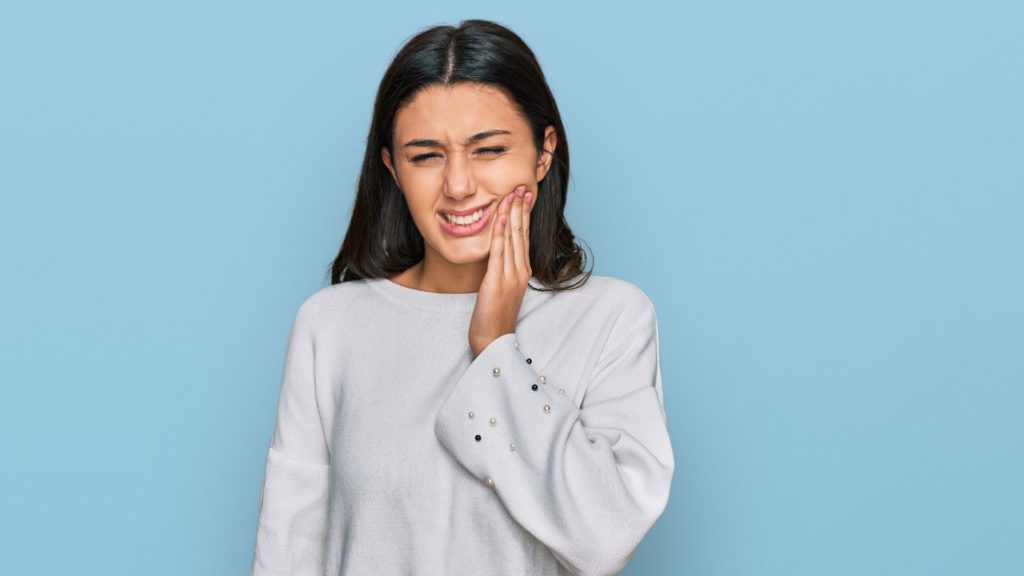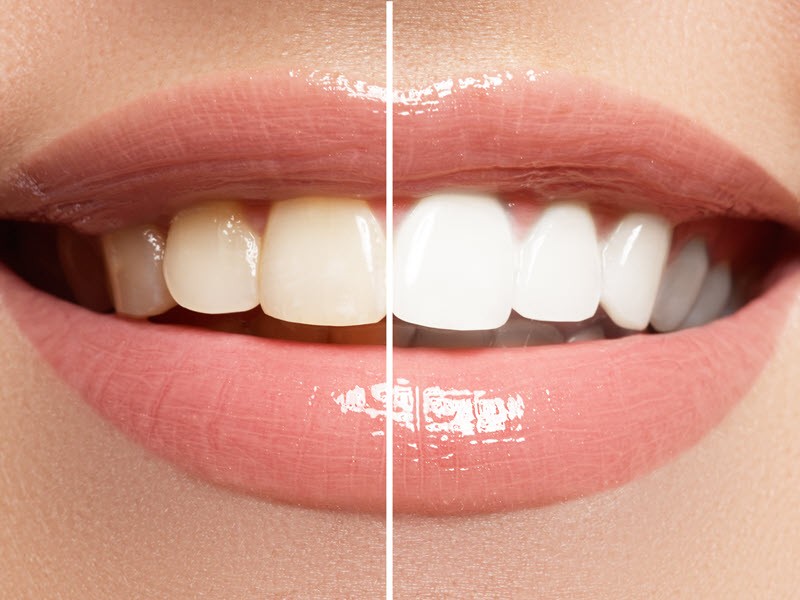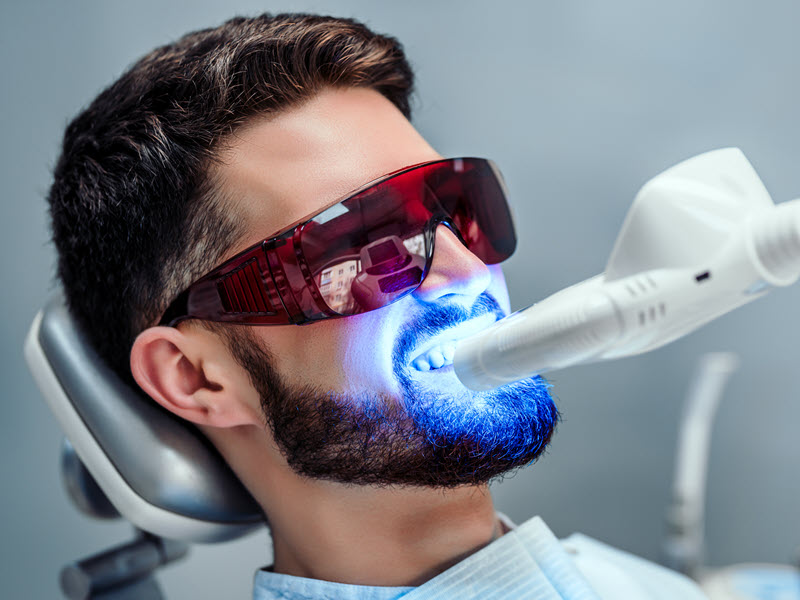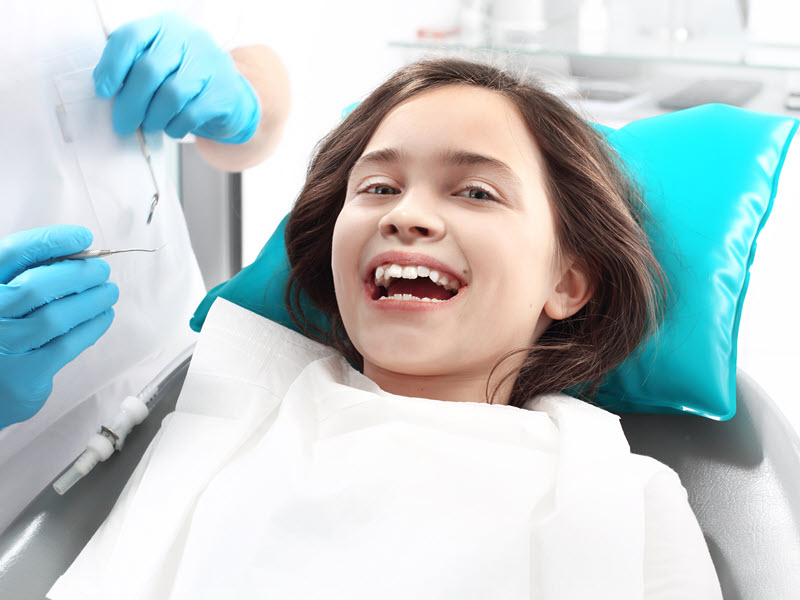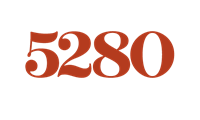Identifying a Crossbite
A crossbite is a type of dental misalignment where your upper teeth rest inside your lower teeth when your mouth is closed. This condition affects appearance and function. Crossbites can cause tooth wear, jaw pain, and facial asymmetry.
Different Types of Crossbites
There are several types of crossbites. Sometimes one person can have multiple different types of crossbites.
- Anterior Crossbite – An anterior tooth is one of the six teeth at the very front of your mouth. This includes all teeth up to and including the canine tooth on both your upper jaw and lower jaw. An anterior crossbite occurs when the upper front teeth sit behind the lower front teeth when biting down.
- Posterior Crossbite – In this type, the upper back teeth sit inside the lower back teeth on one or both sides of the mouth.
- Unilateral Crossbite – This affects only one side of the mouth, where the upper teeth on one side bite inside the lower teeth.
- Bilateral Crossbite – This type involves both sides of the mouth, with upper teeth biting inside lower teeth on both left and right sides.
- Single Tooth Crossbite – This occurs when only one tooth is in crossbite, typically an upper tooth biting inside a lower tooth.
- Segmental Crossbite – This involves a group of teeth in crossbite, but not the entire arch.
- Lingual Crossbite – Where one or more upper teeth fit inside or behind the lower teeth.
- Buccal Crossbite – Also known as a scissors bite, where upper teeth hang too far outside the lower teeth.
Common Causes of Crossbite
Genetics – if crossbites run in your family, you may be more likely to have a crossbite. If someone in your family has a crossbite, you may develop one too.
Childhood Development – Thumb sucking or prolonged pacifier use in childhood can also play a role in developng a crossbite (and dental crowding).
Early Baby Tooth Loss – Early tooth loss may contribute to crossbite as well.
Overcrowded Teeth – In many cases, excessive tooth crowding can result in a crossbite.
Dental Trauma – If you experienced dental trauma which involved impact to your teeth, this could potentially be responsible for causing a crossbite.
Symptoms and Consequences of Untreated Crossbite
Identifying crossbite symptoms early can help prevent complications. Common symptoms include difficulty biting or chewing and uneven tooth wear. You might also notice headaches or jaw pain.
If left untreated, crossbites may lead to serious issues such as tooth decay or gum disease. Sleep apnea and facial asymmetry can also occur. Jaw pain can worsen, leading to persistent discomfort.
If you’re experiencing jaw pain or you have overlapping teeth or dental crowding, you should see a dentist for a proper diagnosis.
Diagnosing Crossbite
A dentist or orthodontist can properly diagnose a crossbite. Our dentist, Dr. Murphy, in our office in Fort Collins will perform a comprehensive dental exam. During this exam, he will looks at how your upper and lower teeth align when your mouth closes. X-rays and CT scans are also used to get a better view of your overall dental structure.
Knowing the Difference Between Teeth Crowding and a Crossbite
Teeth crowding is different from crossbite. A crossbite is a misalignment where some upper teeth sit behind the lower teeth when biting, while crowded teeth occur when there’s insufficient space in the jaw for all teeth to fit properly.
Crossbites can affect either the front or back teeth and are often caused by skeletal misalignment or irregular tooth eruption, whereas crowding typically involves multiple teeth throughout the dental arch and is usually due to a mismatch between jaw size and tooth size.
In appearance, a crossbite is characterized by upper teeth sitting inside lower teeth when the mouth is closed, while crowded teeth appear overlapped, rotated, or pushed out of alignment.
We’ll discuss treatment options below. Know that orthodontic treatment options for crossbites and dental crowding can be somewhat similar even though the implementation of treatment is different.
Treatment options for crossbite can include jaw expanders, clear aligners, braces, surgery or jaw expansion. Teeth crowding treatment is often addressed with orthodontic treatment methods like braces or clear aligners – and they sometimes even require permanent tooth extraction to free up extra space in your jaw.
Approaches to Crossbite Treatment
Clear Aligners
Here at Murphy Dental, we use OrthoFX clear aligners to treat a variety of dental issues including overbites, underbites, severe crowding, crooked teeth, and crossbites.

>>> Learn How OrthoFX Can Fix Your Crossbite <<<
For crossbites, OrthoFX is usually effective at treating mild to moderate crossbites. OrthoFX involves the use of customized transparent trays that apply gentle, consistent pressure to gradually move your teeth into the correct position.
For anterior crossbites, aligners can be designed to push upper teeth forward and lower teeth backward, aligning them properly. In the case of posterior crossbites, OrthoFX aligners can be used to expand the upper arch and/or constrict the lower arch, depending on your specific needs as a patient.
The treatment process typically involves a series of aligner trays, each worn for about two weeks before progressing to the next set in the series. The entire treatment plan can take as little as six months from start to finish.
While clear aligners can effectively treat many crossbite cases, it’s important to note that severe crossbites or those involving significant jaw misalignment may still require traditional braces or even surgical intervention. The suitability of clear aligners for crossbite treatment should be determined by an experienced orthodontist after a thorough examination and assessment of the individual case.
Braces
While clear aligners can effectively treat many crossbite cases, it’s important to note that severe crossbites or those involving significant jaw misalignment may still require traditional braces.
Braces are an effective orthodontic treatment option for correcting moderate crossbites by gradually repositioning the teeth and jaws. The process typically involves using a combination of braces and elastics to help expand the lower arch and constrict the upper arch, or vice versa, depending on the specific type of crossbite.
For anterior crossbites, braces can apply consistent pressure to move the affected upper teeth forward and the lower teeth backward, aligning them properly. In the case of posterior crossbites, braces may be used in conjunction with palatal expanders to widen the upper jaw, allowing the upper teeth to properly align with the lower teeth.
Jaw Expander (Palatal Expander)
A jaw expander, particularly a palatal expander, can be an effective treatment for certain types of crossbites, especially posterior crossbites. These devices work by gradually widening the upper jaw and creating more space in the upper arch and allowing the upper teeth to align properly with the lower teeth.
Best for young children who haven’t reached adulthood yet and may still have their baby teeth, jaw expanders are most effective in children and young adolescents whose jaw bones are still growing and more malleable. However, their effectiveness may be limited in adults with fully developed jaws or in cases of severe skeletal crossbites.
Surgery
With fully developed jaws, shifting misaligned teeth might require surgical help in severe cases of crossbite. This is most often when the root cause of the crossbite is skeletal and not dental. Surgery is a last resort when a crossbite can’t be properly treated with clear aligners, braces, or jaw expanders.
Crossbite can affect speaking and breathing, making surgery an option in those severe cases to improve overall quality of life.
Post Treatment Care
The use of a retainer after receiving orthodontic treatment for a crossbite is crucial for several important reasons. Primarily, retainers help maintain the newly achieved alignment of teeth and jaws, which prevents a relapse to the crossbite condition.
Following orthodontic treatment, teeth have a natural tendency to shift back towards their original positions, especially during the first few months after treatment. This is particularly true for crossbite cases, where there may have been significant movement of teeth and potential changes in jaw position. Retainers provide the necessary support to keep teeth in their new positions while the surrounding bone and tissues adapt to these changes.
When teeth are moved during orthodontic treatment, the bone around them needs time to rebuild and stabilize in the new tooth positions. This process, known as bone remodeling, continues for several months after the active treatment phase. Wearing a retainer during this period ensures that teeth remain stable while the bone fully adapts, reducing the risk of relapse and ensuring the long-term success of the crossbite correction.
Consistent use of retainers as prescribed by your dentist or orthodontist helps preserve the results achieved through often lengthy and costly orthodontic treatment, protecting the investment made in correcting the crossbite and ensuring continued oral health and function.
Risks of Not Treating Crossbite
A crossbite can cause serious health problems if left untreated. It can lead to jaw issues, affect dental appearance, and impact oral hygiene.
A crossbite can lead to various dental issues. You may experience jaw pain and teeth grinding from the uneven pressure on your jaw. This can result in temporomandibular joint TMJ) disorders, which affect jaw movement.
Ignoring a crossbite could also increase the risk of cavities and gum disease. When teeth don’t align properly, cleaning becomes difficult. This promotes plaque build-up, leading to tooth decay and inflamed gums. Over time, this could cause loose teeth.
Fixing a crossbite can reduce these risks, improving your oral health and comfort. For this reason, early treatment is important.



